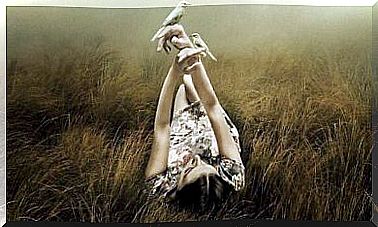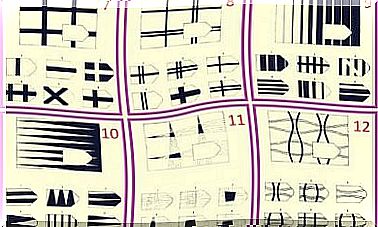Claude Monet: The Master Of Impressionism
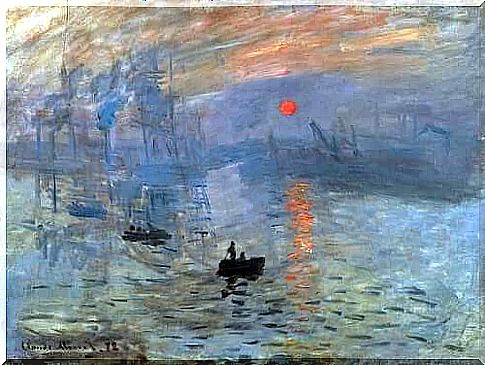
Oscar-Claude Monet is one of the most famous French painters. He was born on November 14, 1840 in Paris, France. When he was five years old, his family moved to Le Havre where his father started working as a merchant. His mother, Louise, was a singer.
In Le Havre, a coastal city, Monet learned a lot about the sea. Impressionism was therefore an art movement that was aimed at painting and representing nature. Monet’s paintings therefore also reflect the ever-changing aspect of light and weather conditions.
The Beginning of Claude Monet’s Painting Career
As a 15-year-old, Monet sold cartoons and highly detailed pencil sketches of sailboats. His aunt, Marie-Jeanne Lecadre, an amateur painter, had a great influence on this young painter. She encouraged Monet to study art with a local artist.
However, his way of painting only really evolved when he met Eugène Boudin. Boudin was the one who introduced Monet to the still unusual practice of outdoor painting at the time.
This ensured that he would devote the next 60 years of his life to visible phenomena. He also implemented effective methods that would transform the perception of color.
Against the wishes of his family, Monet did not attend the École nationale supérieure des Beaux-Arts in Paris. Instead, he started working at the Académie Suisse, where he met Camille Pissarro.
After being forced to fight in the Algerian War, he returned to Paris and met Renoir, Cézanne, Whistler and Manet. During this period Monet came into contact with Japanese patterns, a fascination that greatly influenced his work.

The Young Monet and the Salon des Refusés
In 1870 he married Camille Doncieux. During the Franco-Prussian War he moved with his family to London. Then they returned to Argenteuil, in Paris.
The term ‘Impressionism’ was coined after his painting Impression, soleil levant (Impression, Sun Rising), which was exhibited in 1874 at the first independent art exhibition of Impressionist painters.
This exhibition catapulted Impressionism to the Salon des Refusés in Paris. Despite some criticism, the Impressionists subsequently held six more exhibitions.
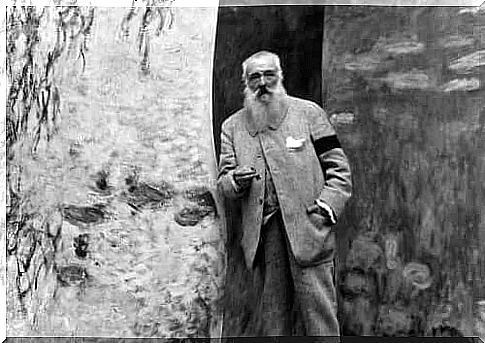
Monet’s work and his second marriage
In 1876 Monet met Ernest and Alice Hoschedé. They developed a close friendship with each other. A few years later, the Monet family even moved to Vétheuil to live closer to their friends.
Camille died some time later and Ernest Hoschedé also died a few years later. As a result, Monet and Alice grew even closer, and in 1892 they decided to say yes.
Then Monet moved to Giverny. There he began painting landscapes, including his famous series of water lilies.
Unfortunately, however, in 1907 Monet started having problems with his eyesight. In 1923 he was almost completely blind. After cataract surgery, his vision improved a little. In 1926, however, the painter died of lung cancer at the age of 86.
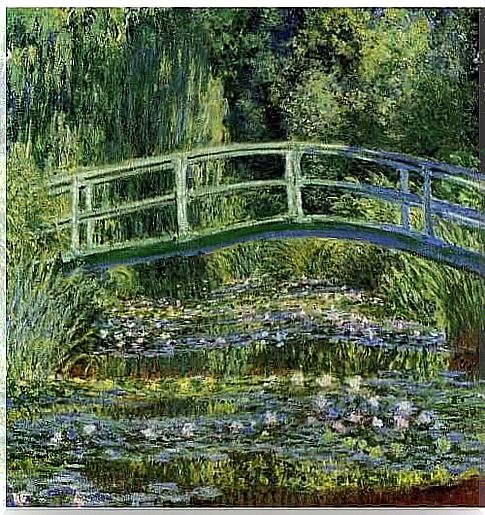
Claude Monet’s Legacy: Japanese Gardens and Mottled Brushstrokes
The painter’s famous house had an exceptional garden with a small pond. His heirs bequeathed the house to the French Academy des Beaux-Arts in 1966. After that, his house and garden were also opened to the public in 1980, through the Fondation Claude Monet.
Monet was a master and proponent of Impressionism. He captured the French countryside using a method that involved painting the same scene over and over again. His series of paintings, such as Haystacks (1890-1891) and Rouen Cathedral (1894), were regularly exhibited.
His works traveled all over the world to be exhibited in various museums and because of this they became known and recognized worldwide. Claude Monet was a master of his craft and loved nature.

